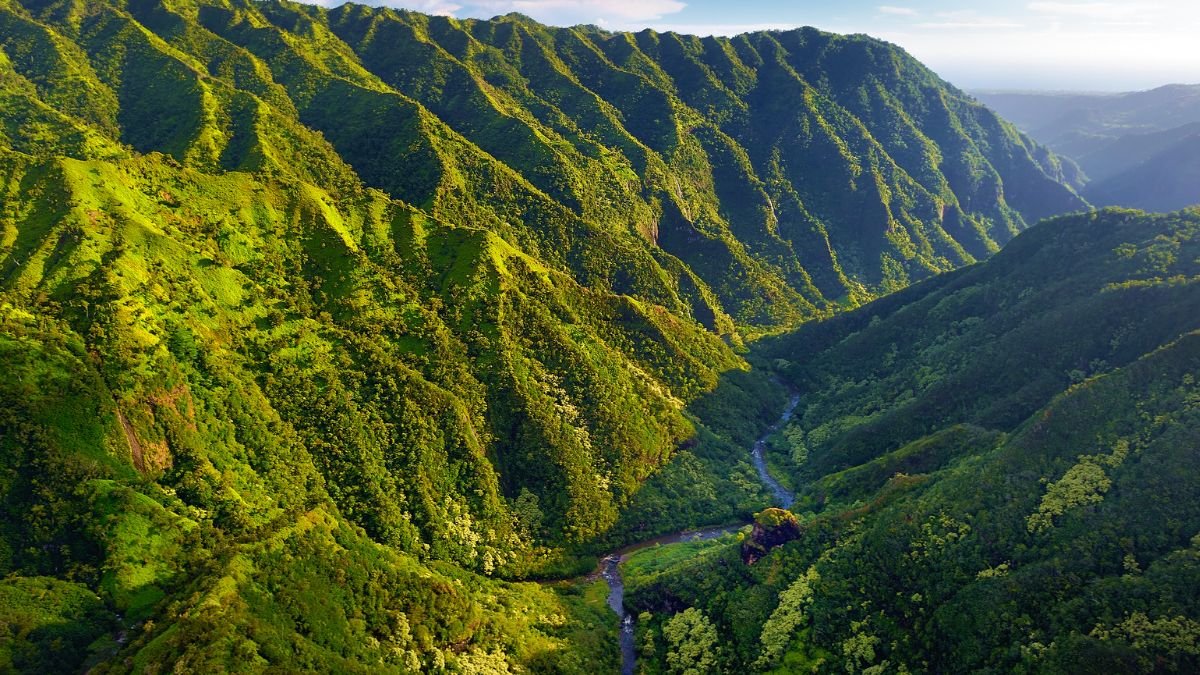
The Green Fee Advisory Council was convened by Governor Green to provide crucial guidance on how to appropriate Green Fee funds in ways that bolster environmental conservation, disaster resilience and sustainable tourism in Hawaiʻi.
Project Ideas Portal Is Now Closed
Thank you to everyone who submitted a project idea via the Green Fee Advisory Council's Project Ideas Portal. The portal was open from October 15 to November 1, 2025.
The Council is reviewing the hundreds of ideas submitted and will use this public input to inform its recommendations to the Governor.
Watch the Green Fee Advisory Council’s Introductory Webinar
The Green Fee Advisory Council held an introductory webinar on September 24, 2025 to introduce the council's members, responsibilities and initial process.
As directed in Act 96, Green Fee funds will address three key categories at the intersection of our environment, the climate crisis and visitor impacts. Each category will receive the same amount of Green Fee funds to ensure equitable prioritization:
What can Green Fee funds go towards?
Environmental Stewardship
Initiatives that protect Hawaiʻi’s land and aquatic resources or preserve native flora and fauna.
Climate and Hazard Resilience
Initiatives that harden infrastructure or mitigate wildfire and flood risks.
Sustainable
Tourism
Initiatives that support destination management, beach nourishment and park improvements.
Meet the Green Fee Advisory Council
The Green Fee Advisory Council members are voluntary local experts in climate, environmental stewardship, sustainable tourism and disaster resilience who contribute their diverse backgrounds and knowledge from conservation science to disaster preparedness to indigenous governance.
Eric Co
Lea Hong
Dennis Hwang
Janice Ikeda
Carmela Resuma
Jeff Wagoner
Jack Kittinger, Ph.D.
Michelle Kaʻuhane
Jeff Mikulina, Chair
Keoni Kuoha
Get the Details on Act 96
Passed by the 2025 legislature, Act 96 established Hawaiʻi’s historic climate impact fee, known as the “green fee,” that unlocks dedicated funding for critical environmental and infrastructure initiatives that improve disaster resilience without placing the financial burden on local residents.














